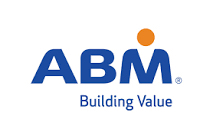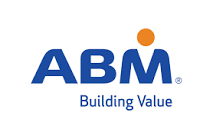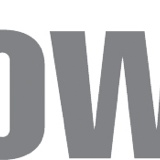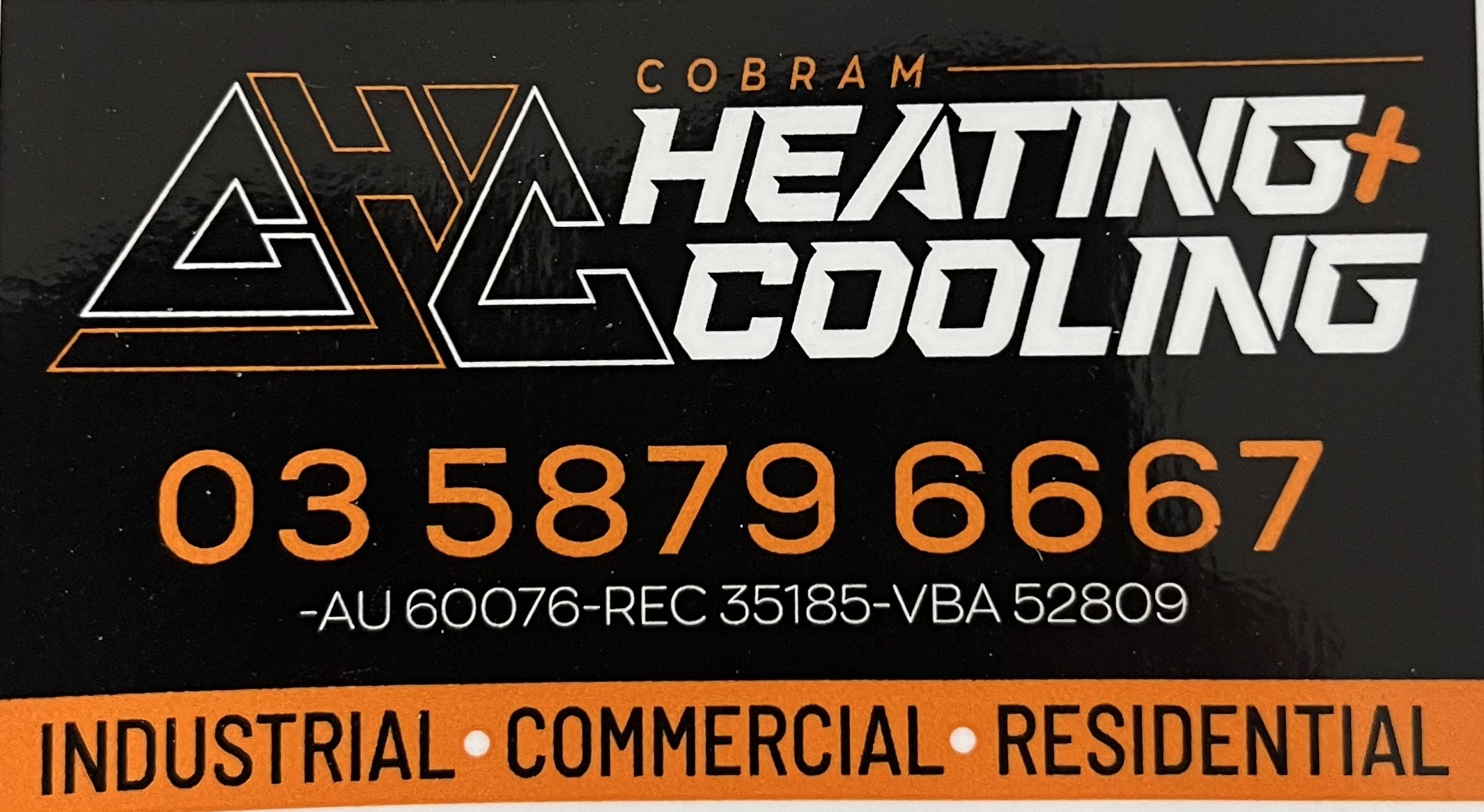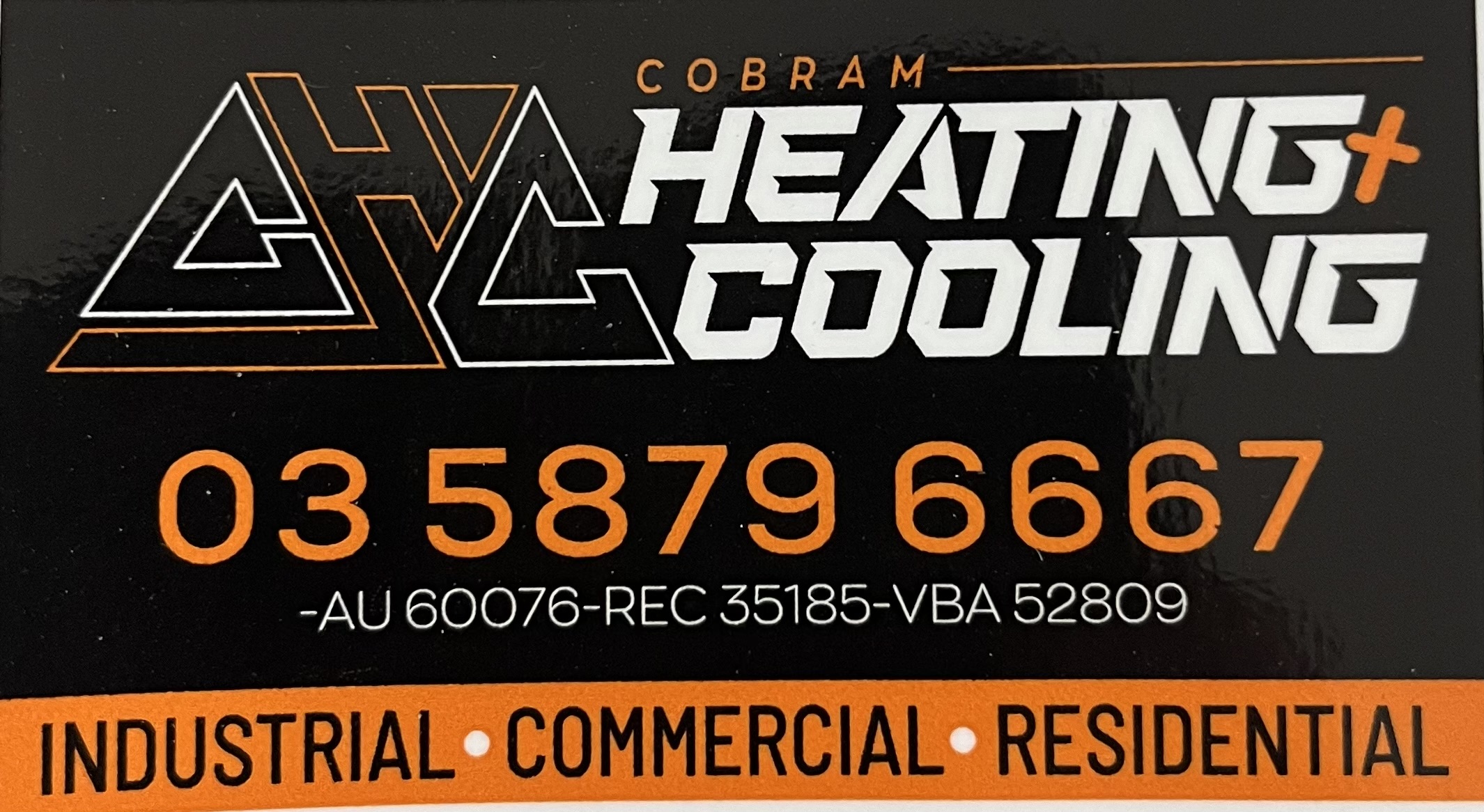Title Page
Client details
-
Client/agent
-
Address
-
Date of works
Details of Gasfitter who carried out the work
-
Name
-
Registration/License
Details of supervising Gasfitter
-
Name
-
Registration/License
Signature of licensed gasfitter who carried out or supervised the work:
-
Signature
RESULT
Property Summary
Property Outcome
-
Has the gas safety check been carried out in accordance with AS/NZS 5016 & AS4575
-
Compliant or Non-Compliant
-
Is further action required?
-
Has a quote been supplied?
Fault detail summary (technician)
-
undefined
GAS LINE TEST
-
Did the gas line pass it's leakage test?
AS4575 Appendix E #1
Appliance 1
-
Appliance 1
-
MAKE
-
MODEL
-
MODEL#
-
GAS TYPE
-
SERIAL#
-
DATE OF MANUFACTURE
-
CERTIFICATION BODY + NUMBER
-
SAFE
-
ACTION REQUIRED
-
1. Has the appliance been cleaned?
-
2. Is there evidence of gas product certification?
-
3. Is the appliance subject to any safety recall, prohibitions or notices?
-
4. Has the appliance been altered since manufacture in a manner which may render it <br>unsafe?
-
5. Is the appliance certified for use in the location where it is installed and is it suitable <br>for the connected gas supply?
-
6. Is the appliance installed in accordance with the relevant edition of AS/NZS 5601?
-
7. Is the appliance appropriately secured?
-
8. Is the appliance gastight? (Visual inspection and leakage test)
-
9. Is the flue cowl, chimney plate, flue terminal and flue (where accessible) in good <br>condition and clear of obstruction?
-
10. Where applicable, does the appliance have an accessible means of electrical <br>isolation?
-
11. Is the appliance regulator accessible for servicing and adjustment?
-
12. Where applicable, is the flue, or its surroundings, clear of signs of scorching or <br>overheating?
-
13. Where applicable, is the flue adequately supported and correctly installed (i.e. <br>terminal has correct clearance distance) and sealed at the roof penetration?
-
14. Is there any evidence of worn or damaged components?
-
15. Was there any build-up of dust or other foreign matter in or on the appliance that <br>may affect correct operation?
-
16. Are flame sensor rods, ignition electrodes and thermocouples free of carbon <br>deposits (i.e. soot)?
-
17. For appliances connected with a hose assembly, is the condition of the hose satisfactory?
-
18. Is the gas supply pressure to the appliance inlet adequate (1.13 or 2.75 kPa LPG) <br>when all gas appliances are in operation?
-
19. Is the nominal burner pressure correct?
-
20. Is the ignition and re-ignition reliable and complete?
-
21. Where applicable, does the flame safeguard allow for flame establishment within the <br>period specified in the appliance manufacturer’s instructions?
-
22. Where applicable, does the flame safeguard isolate the gas supply when there has <br>been an interruption to the gas supply?
-
23. Does the appliance burner flame exhibit any flame abnormality?
-
24. For appliances with a turndown setting, does the burner flame remain stable when <br>operated from the high to the low setting?
-
25. Is there any abnormal noise and/or vibration during the operation of the appliance?
-
26. Where applicable, are burner flames stable when opening and closing doors <br>associated with the appliance or the installation?
-
27. Do control knobs and door handles become too hot to touch while the appliance is in <br>operation?
-
28. Where applicable, are integral guards for space heaters adequately secured to the <br>appliance and are they in good condition?
-
29. For heated water, has the PTR (pressure and temperature relief) valve been checked <br>for correct operation?
-
30. Where applicable, is there any evidence of a cracked heat exchanger?
-
31. For open-flued appliances, does the appliance operate so that there is no spillage of <br>combustion products in accordance with Appendix F?
-
32. Was a negative pressure identified at the appliance?
-
33. Did the appliance pass it's CO test?
AS4575 Appendix E #2
Appliance 2
-
Appliance 2
-
MAKE
-
MODEL
-
MODEL#
-
GAS TYPE
-
SERIAL#
-
DATE OF MANUFACTURE
-
CERTIFICATION BODY + NUMBER
-
SAFE
-
ACTION REQUIRED
-
1. Has the appliance been cleaned?
-
2. Is there evidence of gas product certification?
-
3. Is the appliance subject to any safety recall, prohibitions or notices?
-
4. Has the appliance been altered since manufacture in a manner which may render it <br>unsafe?
-
5. Is the appliance certified for use in the location where it is installed and is it suitable <br>for the connected gas supply?
-
6. Is the appliance installed in accordance with the relevant edition of AS/NZS 5601?
-
7. Is the appliance appropriately secured?
-
8. Is the appliance gastight? (Visual inspection and leakage test)
-
9. Is the flue cowl, chimney plate, flue terminal and flue (where accessible) in good <br>condition and clear of obstruction?
-
10. Where applicable, does the appliance have an accessible means of electrical <br>isolation?
-
11. Is the appliance regulator accessible for servicing and adjustment?
-
12. Where applicable, is the flue, or its surroundings, clear of signs of scorching or <br>overheating?
-
13. Where applicable, is the flue adequately supported and correctly installed (i.e. <br>terminal has correct clearance distance) and sealed at the roof penetration?
-
14. Is there any evidence of worn or damaged components?
-
15. Was there any build-up of dust or other foreign matter in or on the appliance that <br>may affect correct operation?
-
16. Are flame sensor rods, ignition electrodes and thermocouples free of carbon <br>deposits (i.e. soot)?
-
17. For appliances connected with a hose assembly, is the condition of the hose satisfactory?
-
18. Is the gas supply pressure to the appliance inlet adequate (1.13 or 2.75 kPa LPG) <br>when all gas appliances are in operation?
-
19. Is the nominal burner pressure correct?
-
20. Is the ignition and re-ignition reliable and complete?
-
21. Where applicable, does the flame safeguard allow for flame establishment within the <br>period specified in the appliance manufacturer’s instructions?
-
22. Where applicable, does the flame safeguard isolate the gas supply when there has <br>been an interruption to the gas supply?
-
23. Does the appliance burner flame exhibit any flame abnormality?
-
24. For appliances with a turndown setting, does the burner flame remain stable when <br>operated from the high to the low setting?
-
25. Is there any abnormal noise and/or vibration during the operation of the appliance?
-
26. Where applicable, are burner flames stable when opening and closing doors <br>associated with the appliance or the installation?
-
27. Do control knobs and door handles become too hot to touch while the appliance is in <br>operation?
-
28. Where applicable, are integral guards for space heaters adequately secured to the <br>appliance and are they in good condition?
-
29. For heated water, has the PTR (pressure and temperature relief) valve been checked <br>for correct operation?
-
30. Where applicable, is there any evidence of a cracked heat exchanger?
-
31. For open-flued appliances, does the appliance operate so that there is no spillage of <br>combustion products in accordance with Appendix F?
-
32. Was a negative pressure identified at the appliance?
-
33. Did the appliance pass it's CO test?
AS4575 Appendix E #3
Appliance 3
-
Appliance 3
-
MAKE
-
MODEL
-
MODEL#
-
GAS TYPE
-
SERIAL#
-
DATE OF MANUFACTURE
-
CERTIFICATION BODY + NUMBER
-
SAFE
-
ACTION REQUIRED
-
1. Has the appliance been cleaned?
-
2. Is there evidence of gas product certification?
-
3. Is the appliance subject to any safety recall, prohibitions or notices?
-
4. Has the appliance been altered since manufacture in a manner which may render it <br>unsafe?
-
5. Is the appliance certified for use in the location where it is installed and is it suitable <br>for the connected gas supply?
-
6. Is the appliance installed in accordance with the relevant edition of AS/NZS 5601?
-
7. Is the appliance appropriately secured?
-
8. Is the appliance gastight? (Visual inspection and leakage test)
-
9. Is the flue cowl, chimney plate, flue terminal and flue (where accessible) in good <br>condition and clear of obstruction?
-
10. Where applicable, does the appliance have an accessible means of electrical <br>isolation?
-
11. Is the appliance regulator accessible for servicing and adjustment?
-
12. Where applicable, is the flue, or its surroundings, clear of signs of scorching or <br>overheating?
-
13. Where applicable, is the flue adequately supported and correctly installed (i.e. <br>terminal has correct clearance distance) and sealed at the roof penetration?
-
14. Is there any evidence of worn or damaged components?
-
15. Was there any build-up of dust or other foreign matter in or on the appliance that <br>may affect correct operation?
-
16. Are flame sensor rods, ignition electrodes and thermocouples free of carbon <br>deposits (i.e. soot)?
-
17. For appliances connected with a hose assembly, is the condition of the hose satisfactory?
-
18. Is the gas supply pressure to the appliance inlet adequate (1.13 or 2.75 kPa LPG) <br>when all gas appliances are in operation?
-
19. Is the nominal burner pressure correct?
-
20. Is the ignition and re-ignition reliable and complete?
-
21. Where applicable, does the flame safeguard allow for flame establishment within the <br>period specified in the appliance manufacturer’s instructions?
-
22. Where applicable, does the flame safeguard isolate the gas supply when there has <br>been an interruption to the gas supply?
-
23. Does the appliance burner flame exhibit any flame abnormality?
-
24. For appliances with a turndown setting, does the burner flame remain stable when <br>operated from the high to the low setting?
-
25. Is there any abnormal noise and/or vibration during the operation of the appliance?
-
26. Where applicable, are burner flames stable when opening and closing doors <br>associated with the appliance or the installation?
-
27. Do control knobs and door handles become too hot to touch while the appliance is in <br>operation?
-
28. Where applicable, are integral guards for space heaters adequately secured to the <br>appliance and are they in good condition?
-
29. For heated water, has the PTR (pressure and temperature relief) valve been checked <br>for correct operation?
-
30. Where applicable, is there any evidence of a cracked heat exchanger?
-
31. For open-flued appliances, does the appliance operate so that there is no spillage of <br>combustion products in accordance with Appendix F?
-
32. Was a negative pressure identified at the appliance?
-
33. Did the appliance pass it's CO test?
AS4575 Appendix E #4
Appliance 4
-
Appliance 4
-
MAKE
-
MODEL
-
MODEL#
-
GAS TYPE
-
SERIAL#
-
DATE OF MANUFACTURE
-
CERTIFICATION BODY + NUMBER
-
SAFE
-
ACTION REQUIRED
-
1. Has the appliance been cleaned?
-
2. Is there evidence of gas product certification?
-
3. Is the appliance subject to any safety recall, prohibitions or notices?
-
4. Has the appliance been altered since manufacture in a manner which may render it <br>unsafe?
-
5. Is the appliance certified for use in the location where it is installed and is it suitable <br>for the connected gas supply?
-
6. Is the appliance installed in accordance with the relevant edition of AS/NZS 5601?
-
7. Is the appliance appropriately secured?
-
8. Is the appliance gastight? (Visual inspection and leakage test)
-
9. Is the flue cowl, chimney plate, flue terminal and flue (where accessible) in good <br>condition and clear of obstruction?
-
10. Where applicable, does the appliance have an accessible means of electrical <br>isolation?
-
11. Is the appliance regulator accessible for servicing and adjustment?
-
12. Where applicable, is the flue, or its surroundings, clear of signs of scorching or <br>overheating?
-
13. Where applicable, is the flue adequately supported and correctly installed (i.e. <br>terminal has correct clearance distance) and sealed at the roof penetration?
-
14. Is there any evidence of worn or damaged components?
-
15. Was there any build-up of dust or other foreign matter in or on the appliance that <br>may affect correct operation?
-
16. Are flame sensor rods, ignition electrodes and thermocouples free of carbon <br>deposits (i.e. soot)?
-
17. For appliances connected with a hose assembly, is the condition of the hose satisfactory?
-
18. Is the gas supply pressure to the appliance inlet adequate (1.13 or 2.75 kPa LPG) <br>when all gas appliances are in operation?
-
19. Is the nominal burner pressure correct?
-
20. Is the ignition and re-ignition reliable and complete?
-
21. Where applicable, does the flame safeguard allow for flame establishment within the <br>period specified in the appliance manufacturer’s instructions?
-
22. Where applicable, does the flame safeguard isolate the gas supply when there has <br>been an interruption to the gas supply?
-
23. Does the appliance burner flame exhibit any flame abnormality?
-
24. For appliances with a turndown setting, does the burner flame remain stable when <br>operated from the high to the low setting?
-
25. Is there any abnormal noise and/or vibration during the operation of the appliance?
-
26. Where applicable, are burner flames stable when opening and closing doors <br>associated with the appliance or the installation?
-
27. Do control knobs and door handles become too hot to touch while the appliance is in <br>operation?
-
28. Where applicable, are integral guards for space heaters adequately secured to the <br>appliance and are they in good condition?
-
29. For heated water, has the PTR (pressure and temperature relief) valve been checked <br>for correct operation?
-
30. Where applicable, is there any evidence of a cracked heat exchanger?
-
31. For open-flued appliances, does the appliance operate so that there is no spillage of <br>combustion products in accordance with Appendix F?
-
32. Was a negative pressure identified at the appliance?
-
33. Did the appliance pass it's CO test?
Technician Notes
-
Field technician observations/notes






